Toxicity of Micronutrients
Definition of Micronutrients - Micronutrients consists of those element which are required very less in quantity for the normal growth and development of the plants.
Different Types of Micronutrients - Different types of micronutrients of the plants are – zinc, boron, chlorine, manganese, iron etc.
Toxicity - In biology toxicity means the degree at which exposure to a some particular elements, compounds damaged the organ or system or entire organisms.
Toxicity due to micronutrients can be observed for different elements. If the micronutrients are suppose increased in amount it may compete with the other element of the plant and change their functions. This is then modify to perform another type of functions in the plant body. If any element which can reduce the dry weight of plant by 10 percent of every gram then it is taken as toxic elements. It is very difficult to identify the effect of their toxicity in plants.
Manganese – Manganese is a micronutrients which can replace the other essential elements like magnesium, ferrus, calcium. As a result they cannot perform their functions in plants which hamper the normal growth and development in plants. Increase amount of manganese causes toxicity in plants which appears as brown spot in leaves and chlorotic vein in plants .
Phosphorous - Excessive phosphorus can replace the amount of zinc. Which is associated with the zinc deficiency. As a result different physiological activities and development those are caused by zinc can be abolished.
Potassium Toxicity - Potassium toxicity causes reduced uptake of magnesium and sometimes calcium.
Boron Toxicity - Boron toxicity associated with chlorosis and which is followed by necrosis of leaves. Boron is also observed in the low calcium containing soil as it is applied due to repeated application of fertilizer. This presence of boron can replace the other constituents uptake like calcium. It causes chlorotic leaf, fall of leaf and sometimes it may also causes death of the plant.
Zinc Toxicity - Zinc toxicity is observed due to spreading of huge amount of fungicide. Repeated application of fungicide causes zinc toxicity.
Nitrogen Toxicity - Nitrogen toxicity may express different symptoms in the leaves. These are –
* Dark green of leaves and branches.
* End point of the leaves become tilted downward.
* Yellow spot appears in different places and in some places brown spot are observed.
Sulphur Toxicity - Sulphur toxicity are observed in some plants. But it is observed due to the environmental polution. As pollution causes increase amount of -sulpher in the air which falls on the ground as acid rain by mixing with the water. When this falls on the leaves it damage the leaves.
Chlorine Toxicity - Toxicity of chlorine causes start of premature yellowish of leaf, then it flows to the margin and last at the apex. As a result entire leaf will be affected.
Iron Toxicity - Iron toxicity can be observed due to the zinc deficiency. As a result iron toxicity can lead to the darkening of the green foliage. Or it may also cause stunted growth of root and top. Sometimes responsible for the appearance of brown spot.
From Toxicity of Micronutrients to HOME PAGE
Recent Articles
-
What Is Plasma? | Blood Plasma | Proteins | Nutrients | Cholesterol
Nov 07, 25 10:29 AM
Blood is a mobile fluid which is a connective tissue and is derived from the mesoderm like cell any other connective tissue. Colour of blood is reddish and that flows inside the blood vessels by means… -
Disorders of Respiratory System | Tuberculosis | Pleurisy | Emphysema
Oct 28, 25 11:39 PM
Tuberculosis is very common disease and is caused by a type of bacteria called Mycobacterium tuberculosis. This disease causes different trouble in the respiration and infection of several parts of th… -
Regulation of Respiration | Respiratory Centres | Inspiratory Area |
Oct 14, 25 12:13 AM
Respiratory Centre is the area that controls the rate of respiration and it is observed to be located in medulla oblongata and pons. Respiratory Centre has the following will dispersed components like… -
Explain Transport of Gases | External Respiration | Tissue Respiration
Oct 09, 25 11:35 PM
In humans gaseous exchange is completed in the following ways the steps are - External Respiration or Breathing - Breathing in false taking in of Oxygen and giving out of carbon dioxide in the body. M… -
Kind and Number of Teeth | Location of Teeth in Mouth | Care of Teeth
Sep 11, 25 12:52 AM
Kind and Number of Teeth
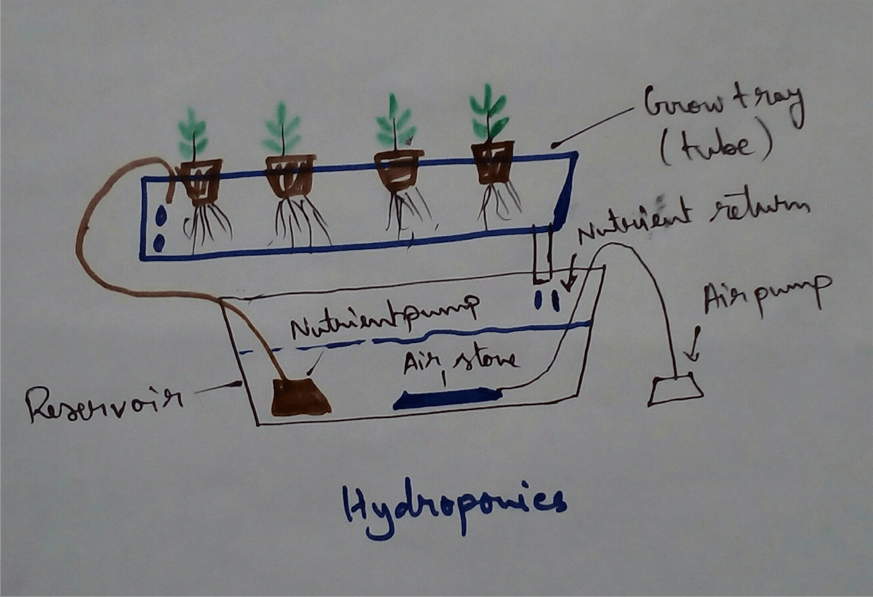

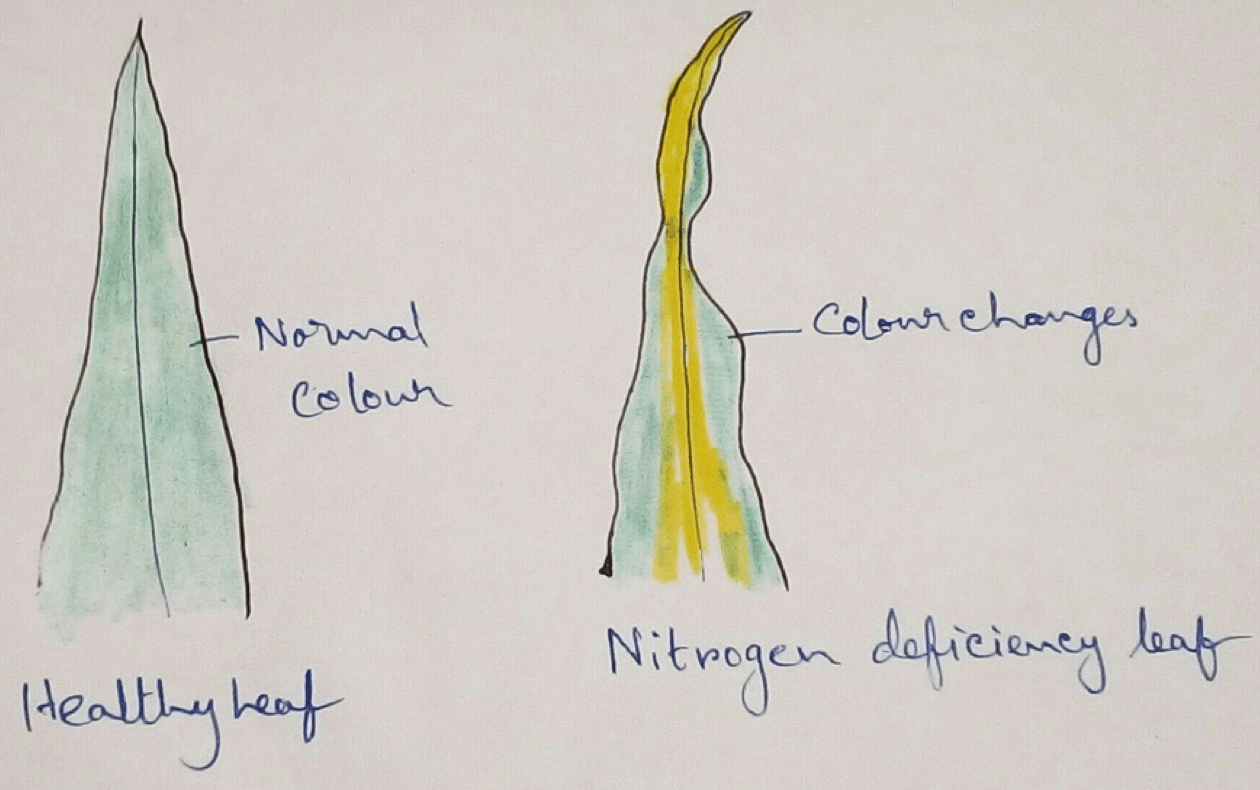
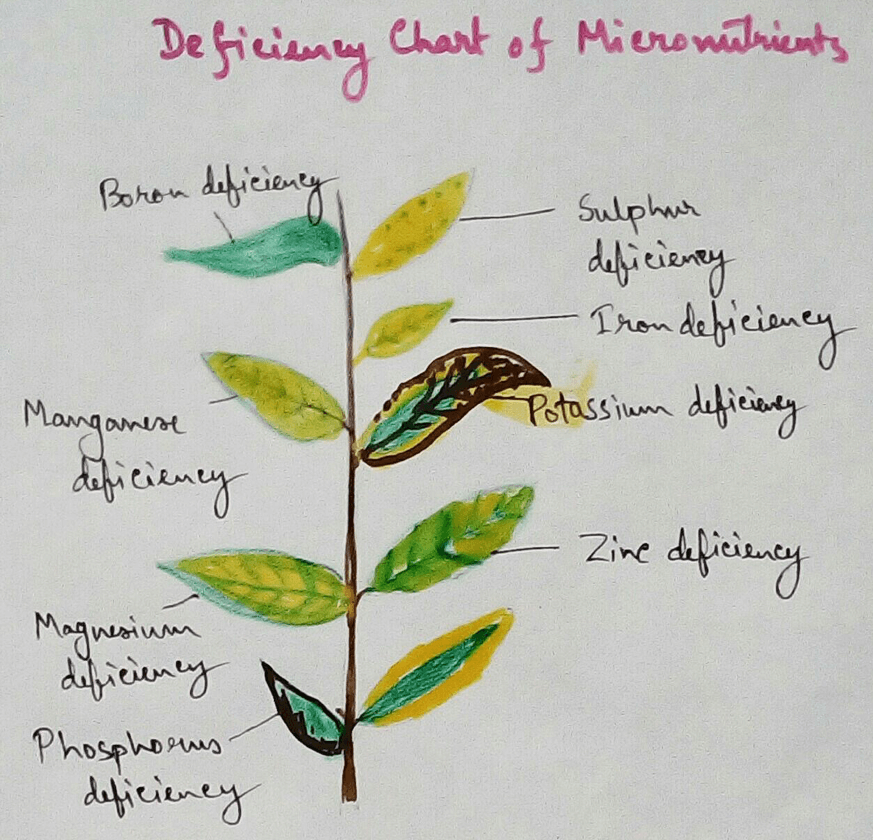
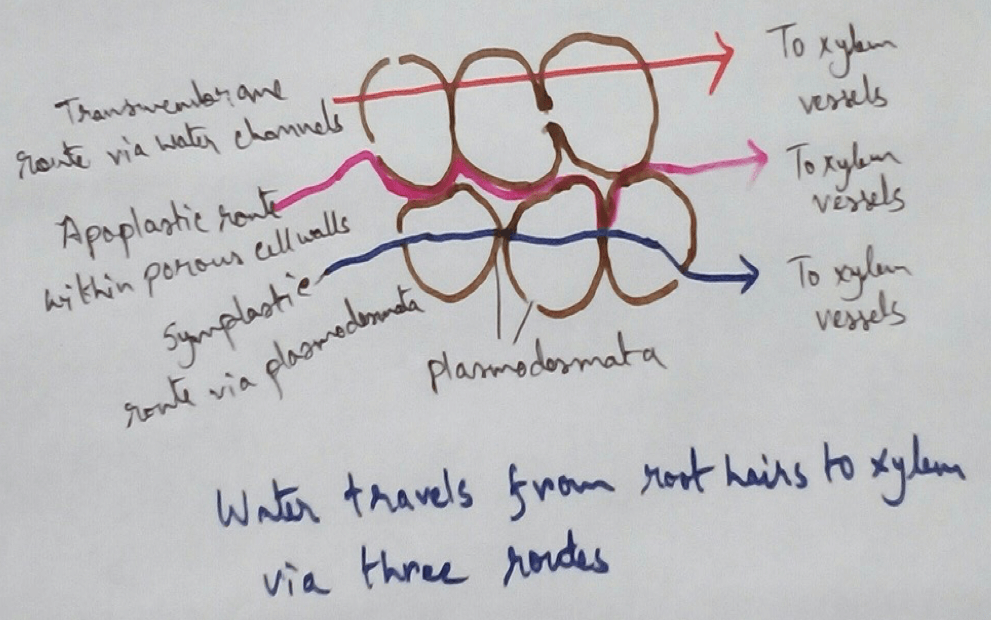
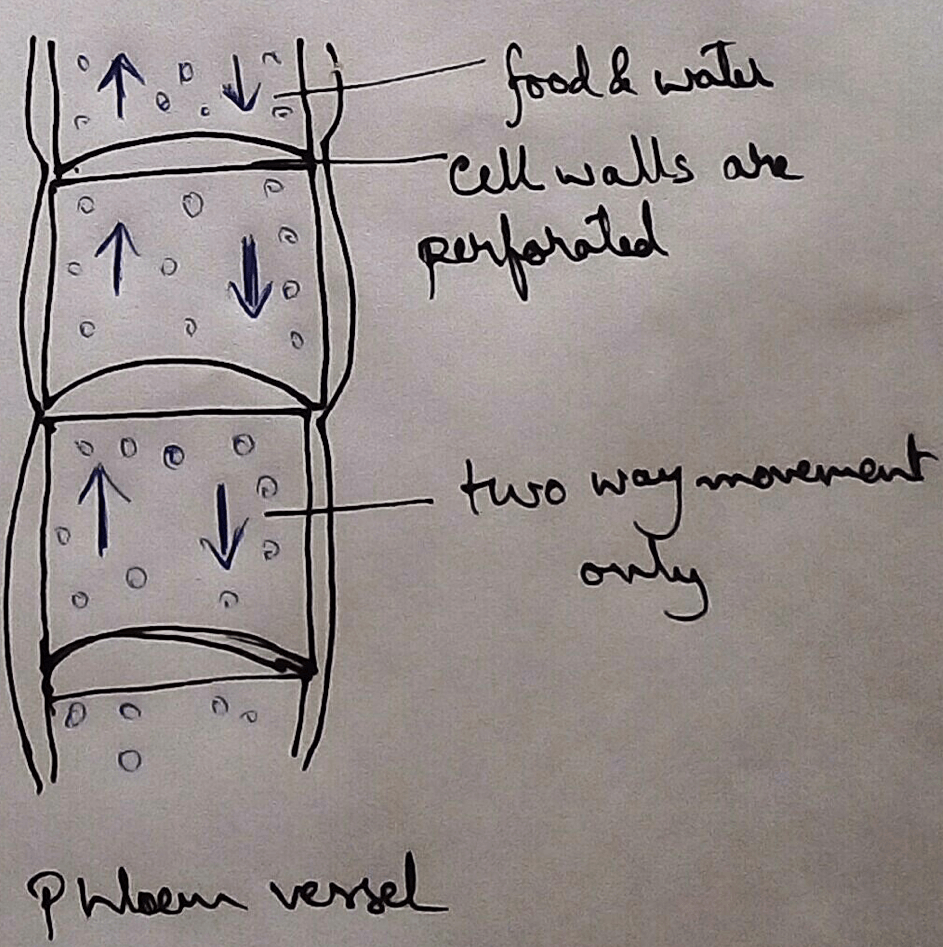
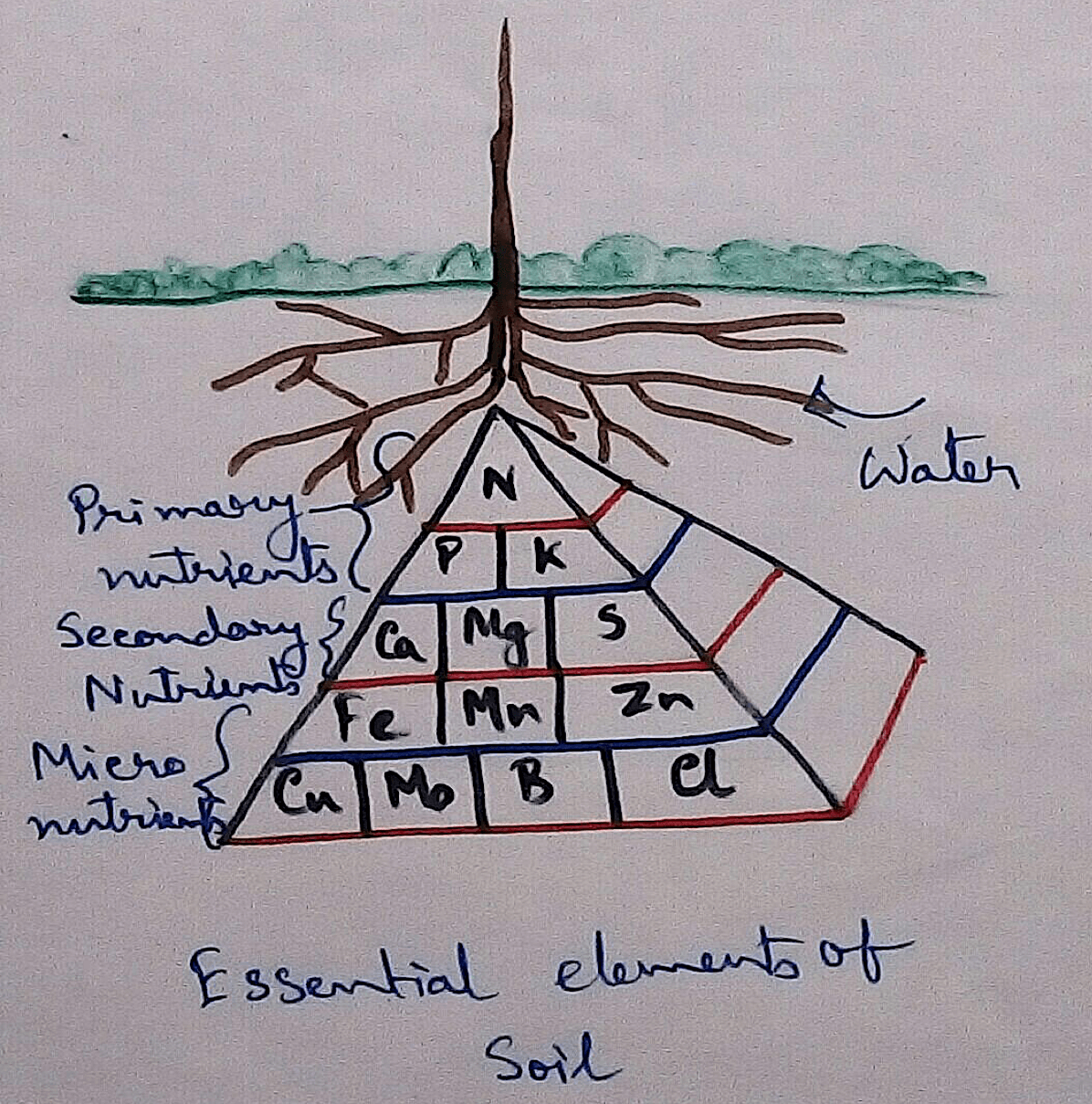
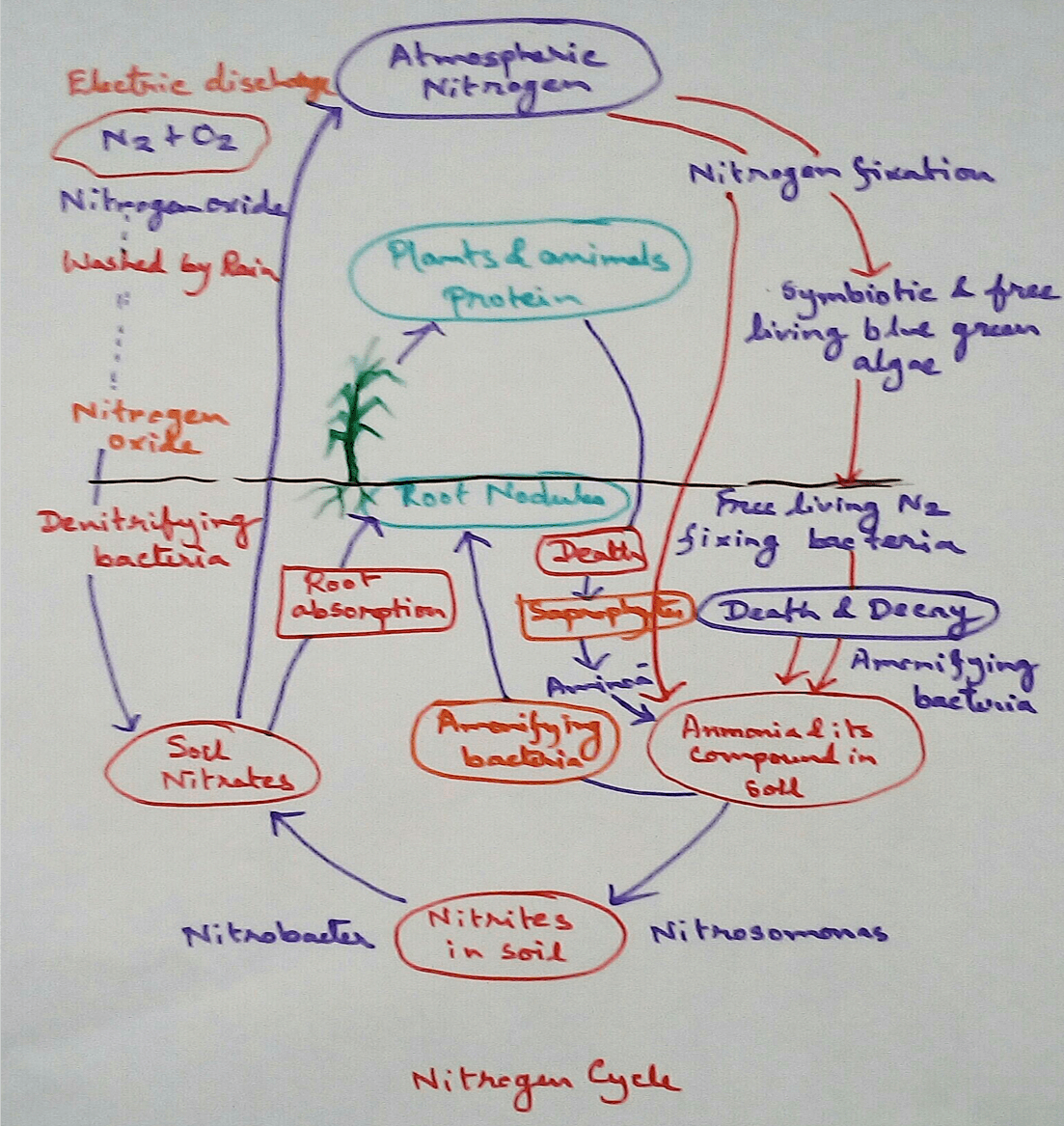





New! Comments
Have your say about what you just read! Leave me a comment in the box below.